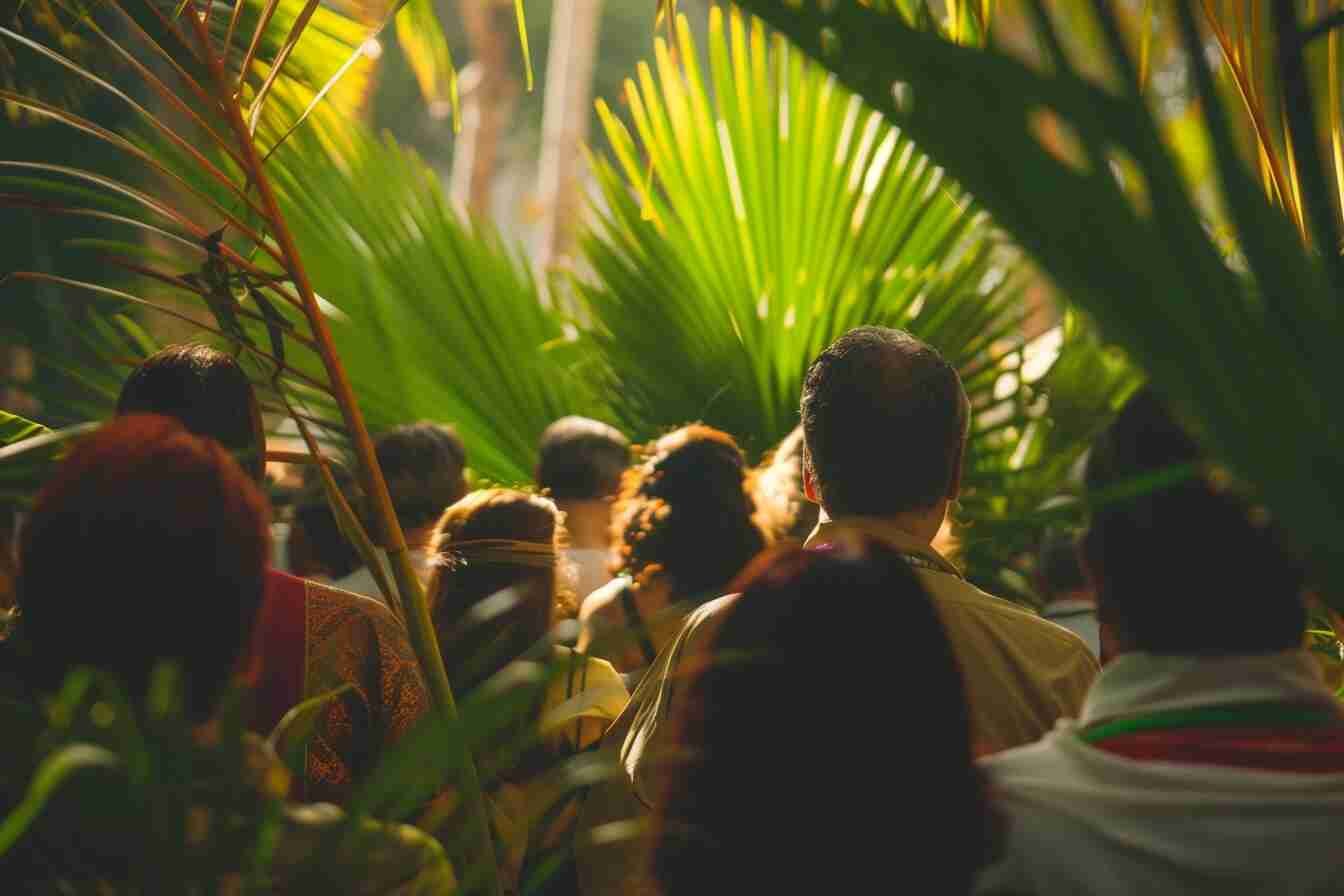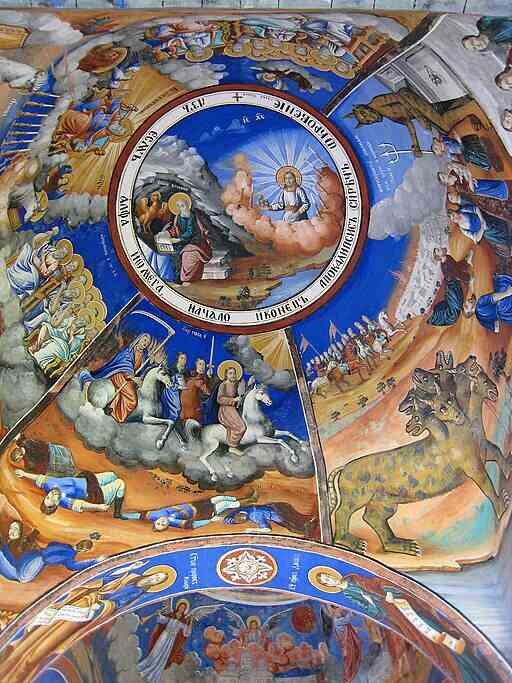Jewish Holidays
The Jewish calendar is a lunisolar calendar. Thus, religious holidays which are celebrated on specific dates in the Jewish calendar are, in the Gregorian calendar, celebrated on dates which vary from year to year. Jewish holidays, dating back to ancient times, are celebrated intensely in Israel in a variety of ways.
High Holidays refers to Rosh Hashanah and Yom Kippur together. The Hebrew equivalent, Yamim Nora’im (ימים נוראים), “Days of Awe”, is more flexible: can refer only to those feasts, or also to the Ten Days of Repentance, or the entire period of repentance, which begins at the earliest. at the beginning of the month Elul.
The Three Pilgrimage Festivals שלוש רגלים, shalosh regalim) refer to Peshakh, Shavuot and Sukkot or Tabernacle Day. Within this group, the Sukkot usually includes Shemini Atzeret and Simchat Torah.
Translating into uses and customs, traditional or not, they leave their mark on many aspects of national life. Jewish holidays are the “landmarks” with which the Israelis mark the year. They are truly an integral part of everyday life, on the streets, at school, in synagogues and in homes across the country.
RELIGIOUS HOLIDAYS
A wide variety of feasts and fasts adorn the Jewish year. These special days mark important events in the history and spiritual life of the Jewish community since Biblical times. Religious holidays are always accompanied by synagogue services and home celebrations. In some cases our tradition calls for a complete interruption of normal activities – such as work or school – while in other cases these activities can continue normally. The following descriptions indicate in which of the two categories the religious holidays fall.
SHABBAT
Shabbat is the most regularly celebrated Jewish religious holiday. It begins on Friday at dusk and ends on Saturday at nightfall. Shabbat is a particularly special day in the Jewish week. Traditionally, this day is reserved to express gratitude for creation. It is a day of pious reflection where one refrains from taking part in any creative process. Concretely, this means that any presence at work or at school, as well as any participation in activities related to business, are prohibited. Traditional Jews celebrate Shabbat with special rituals at home and by participating in synagogue services.
ROSH HASHANAH (THE JEWISH NEW YEAR)
YOM KIPPOUR (THE DAY OF GREAT FORGIVENESS)
The Jewish New Year falls in the fall as the year’s harvest ends. This two-day celebration is a time of self-assessment for the community and the individual. This self-assessment process aims to better realize how one can become a truly good person, doing the best for oneself and for humanity as a whole. Now is the time to promote universal peace and well-being. It is also a time to happily celebrate creation. The New Year period is in itself solemn and joyful.
The process of self-assessment and reflection begun on the New Year culminates with the Day of Atonement. This day, marked by fasting and prolonged service, is particularly holy and normal activities are severely restricted. Work-related restrictions, as described for Shabbat, also apply to New Years and the Day of Atonement.
SUKKOT (THE FESTIVAL OF THE TABERNACLES)
SIMCHAT TORAH
The Feast of Tabernacles is a joyous feast that celebrates God’s bountiful harvest. At the same time, we pray for bountiful harvests for the coming year and for God’s bounty to be shared with all mankind. Several colorful rituals mark this celebration, which lasts nine days. During the first two days, as well as during the last two, one should refrain from working. The last day of this holiday, Simchat Torah, is a particularly joyous occasion. It is the day when we finish reading the Torah (the Pentateuch) and start it again immediately. This will continue throughout the year in weekly sections, ending again on the last day of the Feast of Tabernacles.
HANUKKAH (THE FESTIVAL OF LIGHTS)
This celebration, placed at the beginning of winter, commemorates the victory of the Macabees over the Greek oppressors in the second century BCE. The battles of the Maccabees were fought in order to establish the principles of religious pluralism and the acceptance of the rights of ethnic and religious minorities to live according to their traditions within a dominant culture. This feast, which lasts eight days, is marked by special ceremonies at the house and at the synagogue. We can work normally during this holiday.
PURIM (THE FEAST OF DESTINY)
Celebrated at the end of winter, Purim commemorates the salvation of the Jewish community, as described in the Book of Esther. It is the story of a small Jewish community fully engaged in the life of the kingdom and the machinations of an evil individual who sees in this constructive involvement a threat to his own situation. Ultimately, he suffers the consequences of his evil plan to destroy the Jewish community. The latter is spared and its contribution to society is noticed. This story shows that differences in religion or culture do not and should not prevent members of minority groups from getting involved in city affairs. In fact, such involvement is encouraged. Purim gives rise to joyous celebrations. The traditional observance of Purim may require some adjustments to work activities, but it is not necessary to abstain from work.
PESSAH
Passover takes place in early spring: it is perhaps the best known Jewish holiday. at home and at the synagogue, prayers and rituals celebrate the fertility of the earth while waiting for a new harvest; they also celebrate the biblical exodus from Egyptian slavery. This event was the factor that determined the creation of the Jewish people some 3,500 years ago. Shabbat-like restrictions apply for the first two and last two days of this eight-day feast: a restriction on any food containing leaven applies throughout the feast period. The feast begins with an elaborate feast, the Seder, of foods of special symbolic significance, in which the family relives the experience of redemption and focuses on what it means to belong to the Jewish people. More broadly, this is the time to consider the fate of all people who are victims of any form of slavery. We see that by combining the efforts of human beings and divine assistance, all of humanity can claim the joys and responsibilities of freedom.
SHAVUOT (THE FEAST OF WEEKS)
The feast of Shavuot is celebrated in early summer, seven weeks after Passover. Here we celebrate the arrival of the first fruits of the new harvest as well as the Gift of the Torah (Mosaic Law) on Mount Sinai. As grain and new produce nourish and sustain our body, so the word of God nourishes and sustains our spirit. Body and spirit, united in the individual, rise to the challenge of carrying out the will of God. We are dedicated to making this world a more sacred place, and where humanity lives in harmony and well-being. During this festival, which lasts two days, the restrictions are the same as on Shabbat.
TISHA B’AV (THE NINTH DAY OF THE MONTH OF AV)
In midsummer, the Jews celebrate the anniversary of the destruction of the ancient Temple which stood in Jerusalem, and which was the center of ancient Jewish ritual practice. Even today, Jews look to Jerusalem when they pray. Traditional Jews commemorate this day with a twenty-five hour fast, from sundown until nightfall the following day, and prayers of mourning. Limitations to daily professional activities are observed.
OTHER RELIGIOUS HOLIDAYS
We have briefly presented above the main religious festivals of the Judaic calendar. We will now present the holidays which do not impose constraints on the working day. Please note, however, that there are other public holidays during the year which include religious requirements, which could affect participation in professional activities. In addition, it may happen that religious celebrations associated with the age of individuals require a change in their usual schedule.
We hope that requests in this regard will be received and treated with consideration, within the framework of the principles which govern reasonable accommodation.
TU BISHEVAT (15TH DAY OF THE MONTH OF SHEVAT)
Tu Bishevat marks the first day of spring in Israel, and the first day of the year for trees. Traditionally, the Jewish people celebrated this holiday by eating fruit from Israel. Today it is celebrated by planting trees in Israel.
YOM HASHOAH (HOLOCAUST COMMEMORATION DAY)
This day aims to commemorate the Holocaust and the deaths of six million Jews. Yom Hashoa is the anniversary of the Warsaw guetto revolt.
Read also: Brief History of the Holocaust Massacre | Nazi Germany | Genocide and crimes against humanity
YOM HAZIKARON (REMEMBRANCE DAY)
The day before Yom Ha’atzmaut is dedicated to the memory of all those who died in defense of Israel, before and after its accession to statehood.
YOM HA’ATZMAUT (INDEPENDENCE DAY)
The fifth day of the Hebrew month of Iyar is Independence Day, which commemorates the establishment of the State of Israel in 1948. The Chief Rabbinate of Israel recognizes this day as a festival, which is celebrated at the house and at the synagogue.
LAG B’OMER (THE 33RD DAY OF OMER)
This day marks a break in the succession of days of mourning between Passover and Shavuot, during which the difficulties of the Jewish people under the Roman Empire as well as during the Crusades of the Middle Ages are commemorated. Lag B’Omer is a reminder of the faith and courage of the disciples of the Torah under the stern guidance of the Roman conquerors. There is no special liturgy or rite in a synagogue for this holiday, and most people do not make any changes to their usual working day.
YOM YERUSHALAYIM (JERUSALEM DAY)
This holiday is the most recent among those inscribed in the Judaic calendar, and it is celebrated on the 28th day of the month of Iyar. Yom Yerushalayim marks the anniversary of the return of the city of Jerusalem as the national capital in 1967.
Photo source: Pixabay



